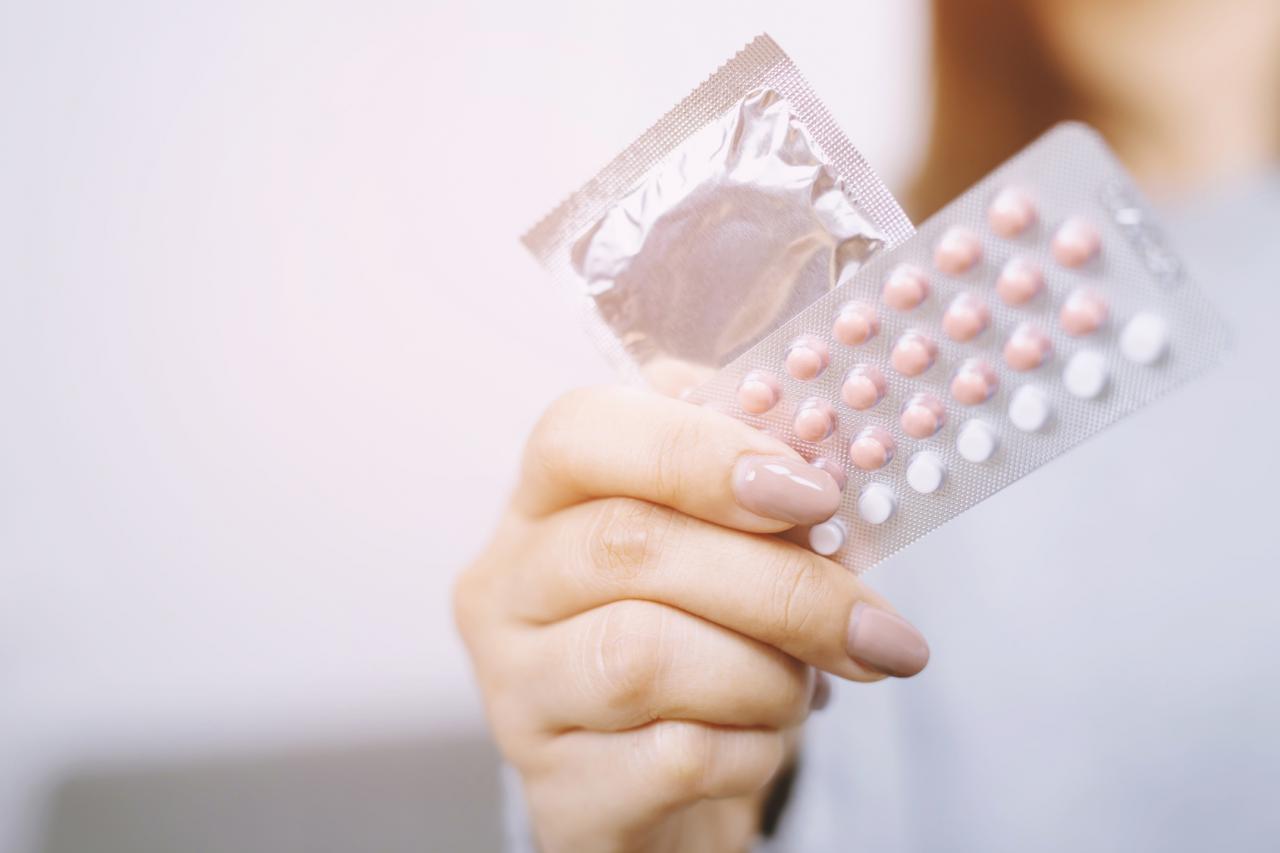It's hard for doctors to tell their patients what percentage they have for a successful Invitro-Fertilization (IVF) treatment. So much depends on the age and health of the patient, as well as the health of an egg, sperm and embryo. Commonly though, couples resorting to IVF are told they have less than a 50 percent chance.
A new test might now be able to increase the amount of successful pregnancies by better identifying the healthiest embryo before continuing IVF treatment. This could potentially give renewed hope to the thousands of couples who cannot conceive naturally and choose IVF treatment.
Australian scientists from the University of Melbourne have developed a method that measures the health of an embryo, allowing doctors to choose the best embryo to implant and increase the chances of survival.
IVF centers use a glucose solution they create in the laboratory that closely mimics what's found in a mother's uterus. It is an important source for nutrients in the early stages of an embryo's cell development.
The scientists monitor the amount of the glucose solution that each embryo intakes. The more glucose an embryo consumes over a four to five day period, the better its health.
In an unusual twist, this method that benefits human reproduction was developed by a top zoologist – the University of Melbourne's Professor David Gardner.
“Previous studies with animals have shown that the healthiest blastocysts are those with the greatest glucose consumption, indicating the likelihood of a successful pregnancy,” said Gardner. “It is exciting to find that this process appears to be the same in people,” he continued.
Most IVF centers normally have eight to ten embryos per cycle, only half of which survive cell division. The new test will be able to help doctors determine which embryo will have the best chance of survival to implant back into the patient.
In the study of 50 patients undergoing IVF treatment there were 32 positive pregnancies, resulting in 28 babies born from the embryos with the highest glucose consumption.
The findings will be presented at the Fertility Society of Australia's annual meeting.
Although it is a controversial topic in the medical world, this method may also pave the way for couples to find out the gender of the embryo even before implantation occurs, possibly allowing them to choose the sex of their child. It is believed that a female embryo takes in more glucose than a male embryo.
Source: http://newsroom.melbourne.edu/news/n-389





Add a CommentComments
There are no comments yet. Be the first one and get the conversation started!